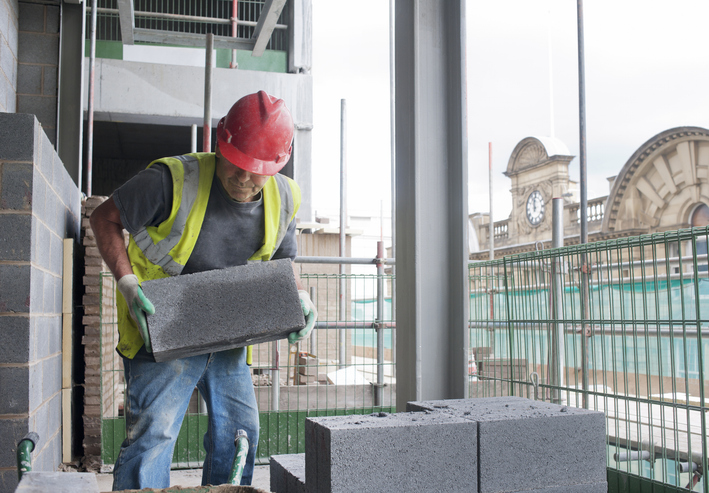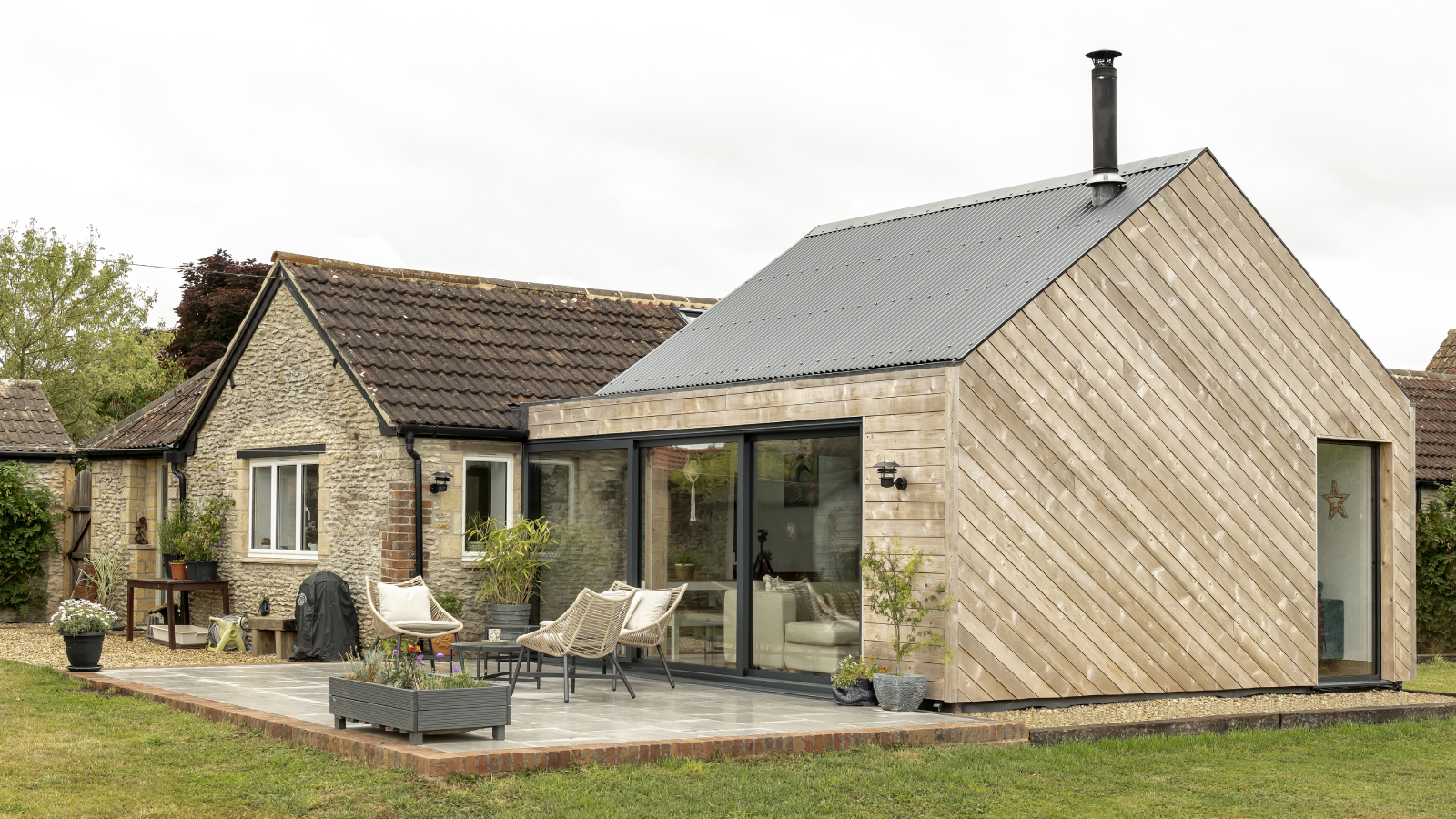
A leading construction body has expressed concern about the omission of embodied carbon in the criteria for the Future Homes Standard's consultation.
The Future Homes Standard is a set of rules that will come into effect in 2025 to ensure new homes produce less carbon emissions.
The government is holding a consultation ahead of implementation in 2025, but the Institution of Structural Engineers (IStructE) has written to Secretary of State, Michael Gove, to question why embodied carbon – the amount of carbon emitted during the construction of a building – is not being considered.
What concerns have been raised?
A spokesman from architect’s body RIBA said: “Disappointingly, embodied carbon was considered out of scope for this consultation - a missed opportunity.
“With operational energy use making up only a portion of the carbon emitted across a building's entire lifecycle, failing to get a grip on the vast amounts of carbon embodied in the material used to produce, operate, and maintain buildings will hold us back from our net zero ambitions. Overlooking embodied carbon regulation now would be a costly mistake for our future.
“In 2022, the government set out that it would consult on the approach and interventions to mainstream the measurement and reduction of embodied carbon in the built environment - but we are still waiting.”
Patrick Hayes, technical director at IStructE, says embodied carbon must be taken into account in any changes to building regulations.
Bring your dream home to life with expert advice, how to guides and design inspiration. Sign up for our newsletter and get two free tickets to a Homebuilding & Renovating Show near you.
He said: “Introducing embodied carbon regulation provides certainty, consistency, and efficiency for all parties on how to meet our legal obligations. It ultimately reduces the burden on business and reduces costs of transitioning to net zero by introducing a level playing field.”
Why is the exclusion of carbon emissions important?
IStructE says an acknowledgement of embodied carbon is needed urgently because the materials used in buildings and construction are responsible for 10% of UK carbon emissions, a main driver of climate change.
It added that this could leave the UK open to legal challenge on whether the legislation met net zero commitments.
Climate experts argue that the best way to cut bills and carbon emissions is to reduce energy use by improving the energy efficiency of buildings.
‘Building is only net zero if its whole life carbon emissions are considered’
Will Arnold, the IStructE’s head of climate action, said: "It's disappointing that embodied carbon was excluded from the consultation.
"Our letter urges DLUHC to consider consistent regulation, aligning the UK with global standards. Our view is that a building is only net zero if its whole life carbon emissions are considered.”
RIBA adds: “Disappointingly, embodied carbon was considered out of scope for this consultation - a missed opportunity. With operational energy use making up only a portion of the carbon emitted across a building's entire lifecycle, failing to get a grip on the vast amounts of carbon embodied in the material used to produce, operate, and maintain buildings will hold us back from our net zero ambitions.”
Homebuilding & Renovating contacted Mr Gove's department but no response was given.
Sam is based in Coventry and has been a news reporter for nearly 20 years. His work has featured in the Mirror, The Sun, MailOnline, the Independent, and news outlets throughout the world. As a copywriter, he has written for clients as diverse as Saint-Gobain, Michelin, Halfords Autocentre, Great British Heating, and Irwin Industrial Tools. During the pandemic, he converted a van into a mini-camper and is currently planning to convert his shed into an office and Star Wars shrine.

